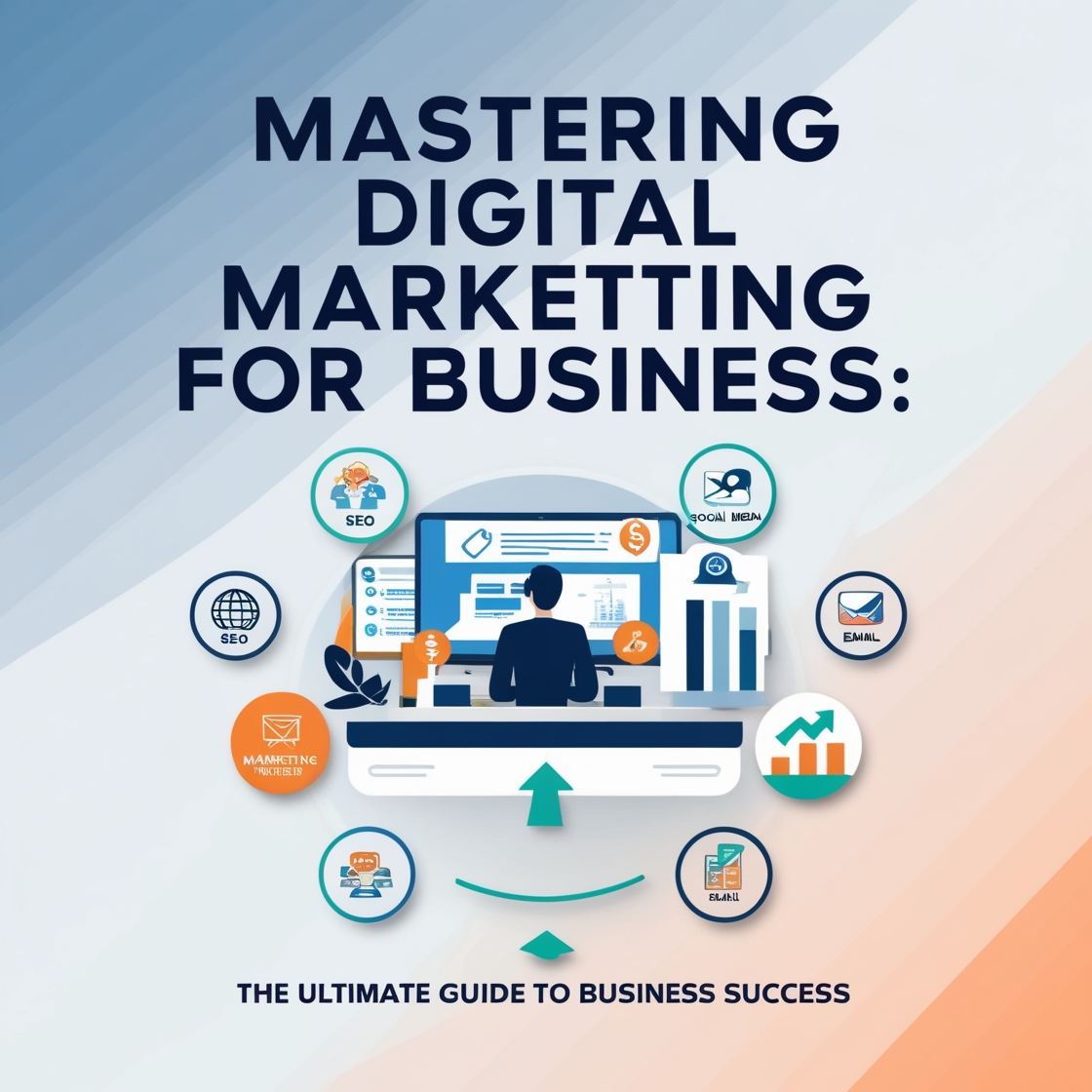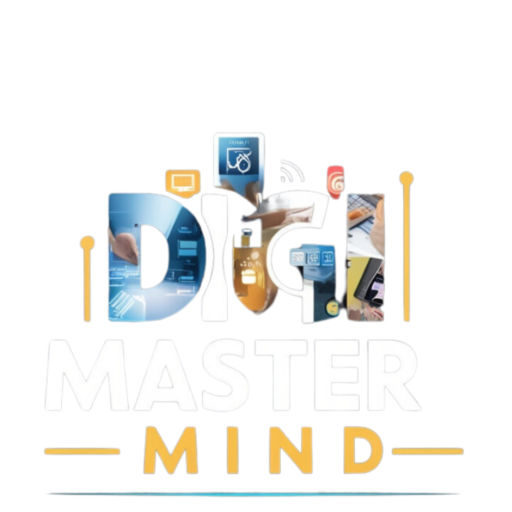In the fast-paced digital world of today, you have to know how to do digital marketing if you want your business to succeed. Digital marketing tactics can help your business reach new heights, no matter if it’s a new business or an old one. This guide will walk you through the key parts of digital marketing and how to harness its power for your business success.
How to Understand Digital Marketing
Digital marketing includes all kinds of marketing that use computers, phones, or the internet. Search engines, social media, email, and websites are just some of the digital tools that businesses use to connect with current and potential buyers. Here’s a breakdown of the main components of digital marketing:
Search Engine Optimization (SEO): 1. Content marketing: 2. Pay-per-click (PPC) advertising: 4. Affiliate marketing: 5. Email marketing: 6. Online PR: 7. Inbound marketing: 8. SEM (search engine marketing)
Crafting a Digital Marketing Strategy
In order to be successful at internet marketing, you need a clear plan. To make one, follow these steps:
Define Your Goals: What do you want to achieve? Common goals include increasing brand recognition, generating leads, and driving sales.
Know Your Target Audience: Know who your perfect customers are. Create buyer profiles to tailor your marketing efforts.
Choose Your Channels: Select the digital marketing channels that match with your goals and audience.
Develop material: Create valuable, relevant material that attracts and engages your audience.
Set a Budget: Allocate resources successfully across your chosen channels.
Measure and Analyze: Use analytics tools to track your success and adjust your strategy accordingly.
Key Digital Marketing Tactics
SEO (Search Engine Optimization) – Optimize your website to rank higher in search engine results.
Use relevant keywords, make quality content, and ensure a mobile-friendly site.
Content Marketing – Create and distribute valuable content to attract and retain a clearly defined community.
Types of material include blogs, videos, infographics, and ebooks.
Social Media Marketing – Leverage platforms like Facebook, Instagram, LinkedIn, and Twitter to reach your community.
Engage with followers, share material, and run targeted ads.
PPC Advertising – Pay for ads to show at the top of search engine results or on social media platforms.
Use platforms like Google Ads and Facebook Ads for targeted marketing.
Email Marketing
Build an email list and send newsletters, promotional deals, and updates.
Personalize emails to boost engagement and conversion rates.
Measuring Success
To ensure your digital marketing efforts are good, you need to measure their effectiveness. Key performance indicators (KPIs) include:
Website Traffic: Monitor the number of visits to your site.
Conversion Rates: Track the percentage of visitors who finish a desired action (e.g., making a purchase).
Engagement: Measure likes, shares, comments, and other activities on social media.
ROI (Return on Investment): Calculate the revenue generated from your digital marketing efforts compared to the cost.
Staying Updated
Digital marketing is constantly evolving, with new trends and technologies appearing regularly. Stay tuned by:
Following Industry Blogs: Read blogs from industry stars like Moz, HubSpot, and Neil Patel.
Attending Webinars and Conferences: Participate in events to learn from experts and network with peers.
Taking Online classes: Enroll in classes to deepen your knowledge and skills.
Conclusion
Mastering digital marketing is important for business success in today’s digital age. By understanding the key components, crafting a solid plan, and continuously measuring and adjusting your efforts, you can harness the power of digital marketing to achieve your business goals. Stay aware and adaptable, and you’ll be well on your way to digital marketing success.


